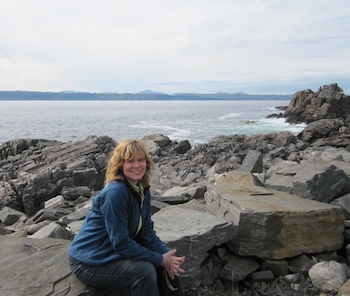Calculating evaporation from the ocean
- On 12/10/2012
- In Marine Sciences
- 0 comments

By Lonny Lippsett - Oceanus
Imagine you turn on the tap in the morning and water pummels out and spills over your sink.
Later you go out to your garden, but water trickles feebly out of the hose.
The water pump in your house is definitely not working the way it used to. Scientists say something like that is probably happening in our planetary home.
Climate change is gunning the motor of Earth’s water pump, driving more rainfall to already wet areas and less to drier regions.
To get a handle on how things will change, it would sure help if we could get a handle on how the motor is driving more moisture to the atmosphere.
But figuring out how and why water molecules move between air and ocean, at present at least, is a formidable challenge for scientists.
“It’s the boundary between two turbulent fluids, the ocean and atmosphere; each is it’s own thing, basically chaotic and hard to calculate,” said Carol Anne Clayson, an oceanographer at Woods Hole Oceanographic Institution.
“Then the two are coupled: If something changes the sea surface temperature, for example, the atmosphere responds to it, and every atmospheric response changes the sea surface temperature,” she said.
“We don’t have the computational power to simulate in a model all the physics that goes on—even if the interface between them were flat and never-changing.”
Which it is most definitely isn’t. The air-sea interface “is typically the most turbulent part of the ocean,” Clayson said.
A dizzying mix of interrelated factors—waves, winds, water temperature and salinity, bubbles and spray, solar radiation, and others—each add a layer of complexity that occurs over wide ranges of time (seconds to seasons) and space (millimeters to miles).
Add a comment